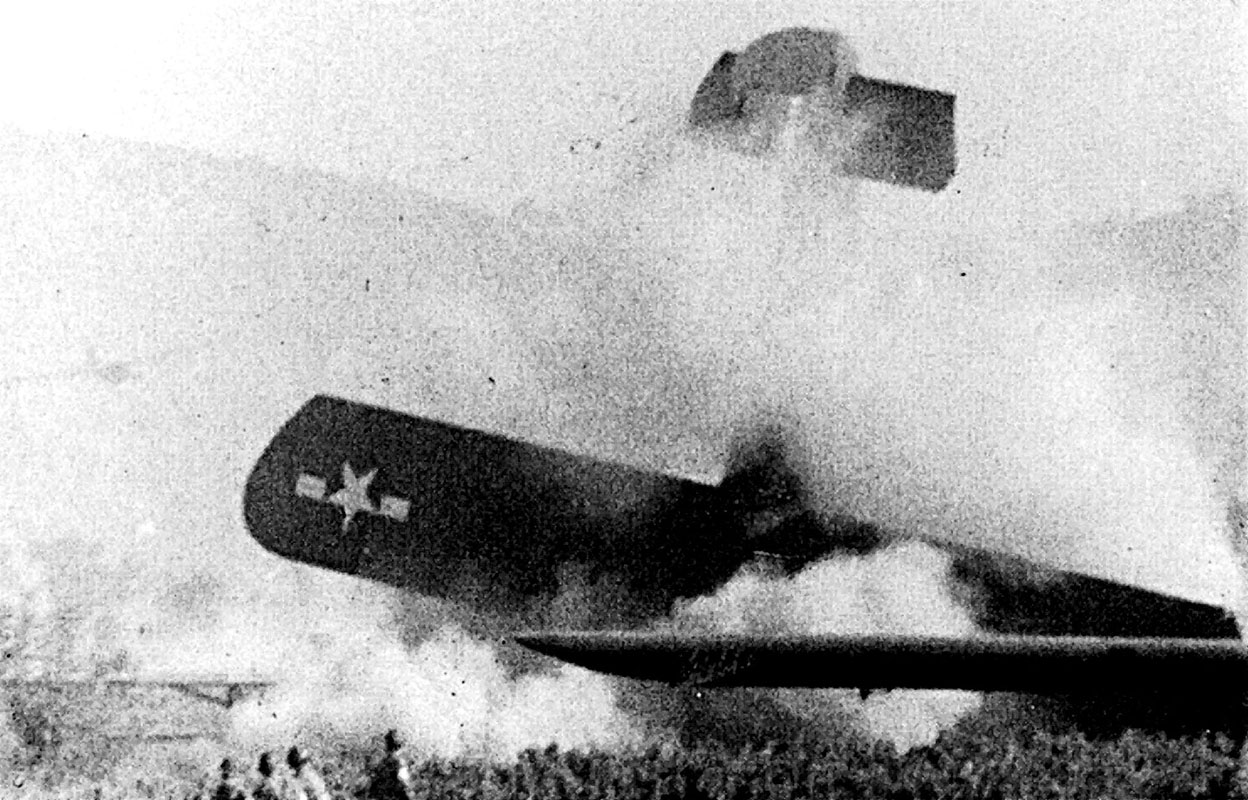
“Although the tiny charges were far too small to destroy an enemy vessel outright, a blast by one could potentially rupture a ship’s water boiler causing a catastrophic secondary explosion.”
THE CONFEDERACY MAY well have lagged behind the Union in manpower, industrial capacity and natural resources, but the rebellion often made up for these shortcomings with a healthy dose of innovation. In fact, some of the American Civil War’s most inspired (and peculiar) weaponry came from Southern mills, armouries and workshops. Submarines, steam-powered cannons and land mines were just a few of the rebellion’s more ambitious inventions.
And then there was the “coal torpedo” – an ingenious, if not devious, ‘improvised explosive device’ pioneered by a 42-year-old Confederate spy named Thomas Edgeworth Courtenay.

A Nasty Surprise
More booby-trap than torpedo (at least in the modern sense of the word), the weapons were 4-lb. (2 kg) explosive artillery shells cast to resemble lumps of coal. The hollowed out iron rounds were loaded with several ounces of gunpowder, sealed with wax and coated with soot making them largely indistinguishable from ordinary furnace fodder.
An artillery foundry in Richmond was set up in January of 1864 to manufacture the bombs — also known as “infernal machines” — by the dozen. Confederate saboteurs were sent out with orders to secretly drop the weapons into Yankee coal stockpiles where it was hoped they’d eventually be shovelled unwittingly into fireboxes aboard Union steam-powered warships. Although the tiny charges were far too small to destroy an enemy vessel outright, a blast by one could potentially rupture a ship’s water boiler causing a catastrophic secondary explosion.
Courtenay recommended distributing the weapons throughout the North via agents, but also suggested lacing smugglers’ coal shipments with a number of the tiny surprises and then permitting the vessels to be caught while running Yankee blockades of the Confederate coastline. The Union would then impound the coal and add it to its own reserves.
Unfortunately for the rebellion, Northern troops captured a Rebel agent with documents outlining the plan within weeks of the operation’s start. Union commanders immediately stepped up security at fuel depots nationwide and even empowered sentries to kill on sight any intruders around coal depots.

Unwitting Victims
Even though the Yankees were on their guard, a number of bombs still made it into circulation. Just how many though remains a mystery. That’s because most of the Confederacy’s secret operation records were put to the torch in the final days of the war. [1] Even Courtenay had no idea as to the true scope of the scheme. He left for Europe on a mission in early 1864 and had little contact with Richmond after that. Despite this, there were a number of unexplained explosions aboard Yankee ships in the final year of the war that many suspect were caused by Courtenay’s cunning creation.
The USS Chenango, a 974-ton, armed steamboat, suffered a mysterious boiler rupture on its maiden voyage from New York to the Virginia coast in April of 1864. More than 30 crewmen were scalded to death by steam. Following the blast, the ship was out of action for nearly a year.
Then there was The Greyhound, a paddlewheel steamer that exploded while travelling the James River on Nov. 27, 1864. The luxury riverboat was serving as the headquarters for Union general Benjamin Butler at the time. Earlier that same day, guards arrested six suspicious civilians from the boat’s saloon and put them ashore. Hours later, The Greyhound was rocked by a boiler explosion and had to be abandoned by all on board.
Finally, two years after the war, a rebel agent named Robert Louden confessed that a boiler explosion aboard the riverboat SS Sultana on April 27, 1865 was the result of a coal torpedo that he himself had put aboard. The blast and subsequent fire, which took place on the Mississippi River near Marion, Arkansas several days after the South’s surrender, claimed the lives of more than 1,700 passengers. Many of those that perished were Union troops that had been only recently freed from rebel POW camps. It has been called the worst maritime disaster in American history. [2] Investigators refuted Louden’s claim, maintaining that the blast was the result of excessive steam build up brought on by overcrowding of the ship. [3]
Courtenay remained in Europe after the war and tried unsuccessfully to sell his invention to the British military. He died in 1875, but amazingly his idea lived on.

100 Years of Coal Torpedoes
In 1942, Nazi agents assigned to sabotage missions inside the United States were caught near New York carrying slabs of plastic explosives made to resemble coal. Experts believed were to be deposited in coal stockpiles in armaments factories.
British spies on the other hand famously smuggled bombs resembling not coal, but dead rats into the Third Reich during World War Two. Allied planners hoped that plant maintenance staff at coal-fired power plants would find the phoney rodents and dispose of the unclean carcasses by tossing them into the furnaces where they would then explode. The Gestapo intercepted the shipments and ordered massive sweeps of industrial facilities across Germany in the wake of the discovery. British intelligence claimed that although their bombs were confiscated by the Nazis, the enhanced security measures that followed diverted resources away from other counter-espionage operations. [4]
The idea of booby-trapping coal emerged again during the Vietnam War, when CIA agents sought to disrupt communist railroads by knocking out Hanoi’s steam engines with the weapons. [5]










Is there any info on when and where these coal torpedo’s were actually used during WWII? I’d love to find more articles/ websites explaining it’s usage during the second world war.